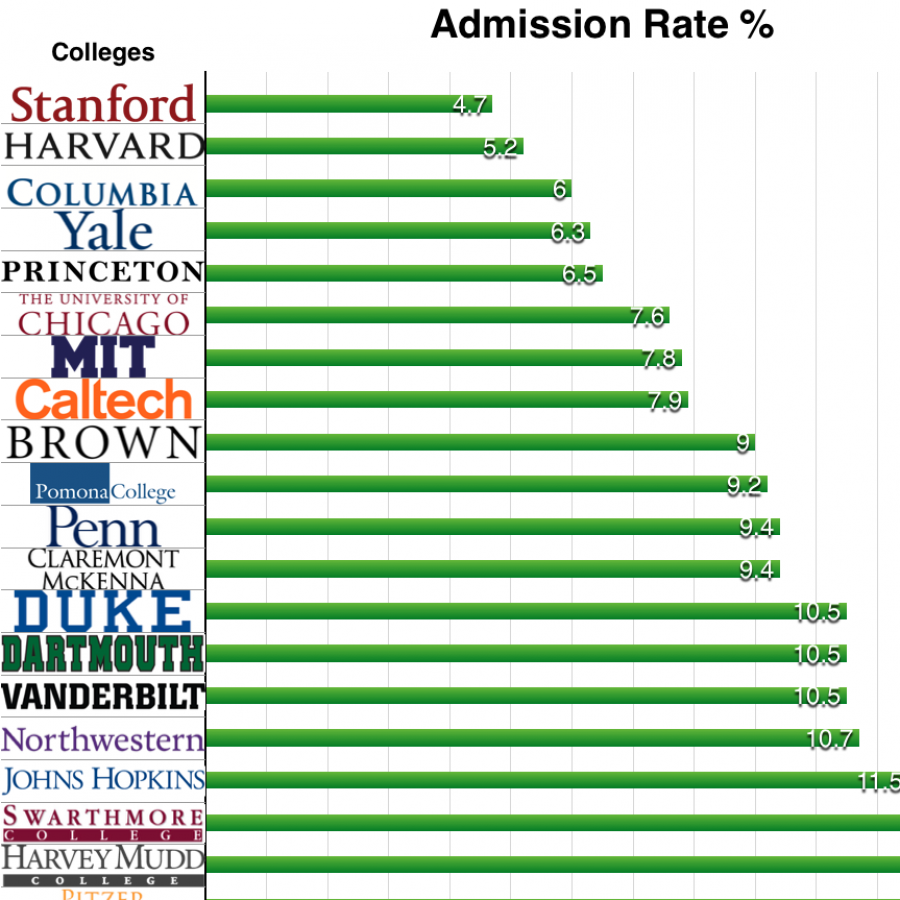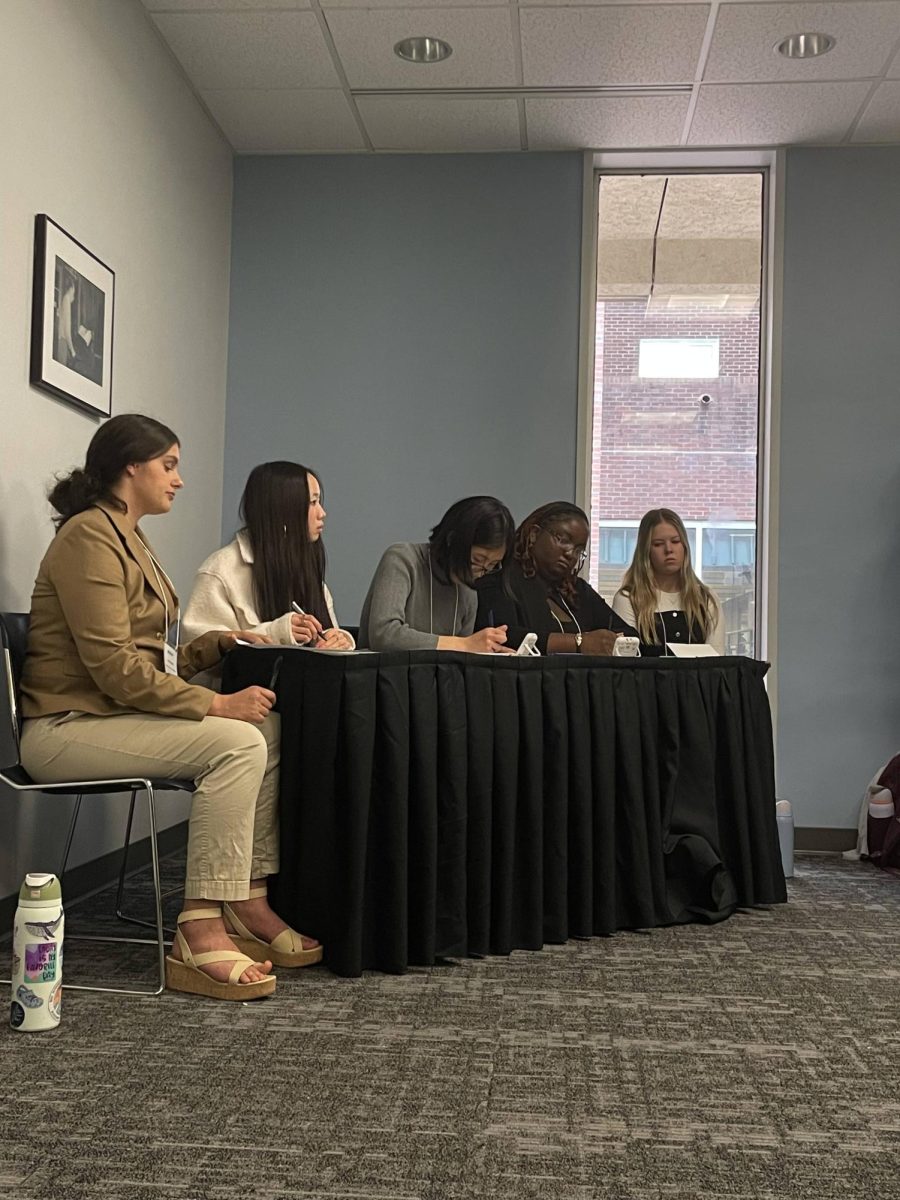Seniors who want to pursue post-secondary schooling in order to receive higher education must decide what course of action to take before application deadlines arise.
One course of action gaining popularity is the option of applying early. According to Inside Higher ED, “Between fall 2016 and fall 2017, colleges reported an average increase of four percent in the number of early-decision applicants and…the number of early-action applicants increased by nine percent. Early programs were most popular with those colleges with greater levels of competitiveness.”
Through the process of both early decision and early action, students apply before the normal deadline and are therefore admitted or denied earlier. However, in early decision, the application is binding so students must attend the university if accepted.
Senior Jacob Holland plans to apply early decision to Northwestern this fall. Holland explained, “I’m choosing to apply early decision to Northwestern because their acceptance rate goes up a lot for those who ED.”
Holland’s reasoning is backed up. Northwestern’s website put in their own words: “Applicants who choose Early Decision send a strong positive message to Northwestern. Given early applicants’ high level of interest and the high concentration of academic and personal strengths represented across the early applicant pool, our Early Decision acceptance rate is typically higher than that of Regular Decision.”
Especially for competitive schools such as Northwestern, early decision gives students a higher likelihood of being admitted.
Counselor Scott Rice urges students to do their research before applying early action. “It is a big decision so they need to make sure that they’ve visited the school and that that’s really what they want to do because it is such an important decision moving forward and it is binding,” he pointed out. “It is also important that they’ve had a conversation with their parents as well.”
In order for a student to go through the process of early action, they must plan ahead. First, they must know the specific timeline of the school to which they wish to apply. Then they must meet with their counselor, talk to teachers two weeks in advance and coordinate letters of recommendation, obtain their transcripts, write essays and complete any other part of the application process needed.
If early action seems too obligatory, there are other options for students who still want to get a head start applying. According to Rice, “Early action, for a lot of students, is a little more comfortable route to go because it is not binding like the early decision is.”
Senior Margaret Huang intends to apply early action to the University of North Carolina Chapel Hill and the University of Michigan. She said, “I decided to apply early admission because I would like to get a head start on planning for college. I would like to be considered for scholarships that I wouldn’t be considered for if I applied regular decision, and I am applying out of state and I’ve heard applying EA increases my chances.”
Like many students, Huang felt uncomfortable being legally bound to a college. She explained, “ I didn’t apply early decision because I do not want to commit to any schools.”
There are many options when it comes to how to apply for post-secondary education. Rice suggested, “I think it all depends on the student and what their plans are; early decision may be an appropriate decision for one student but not another.”









